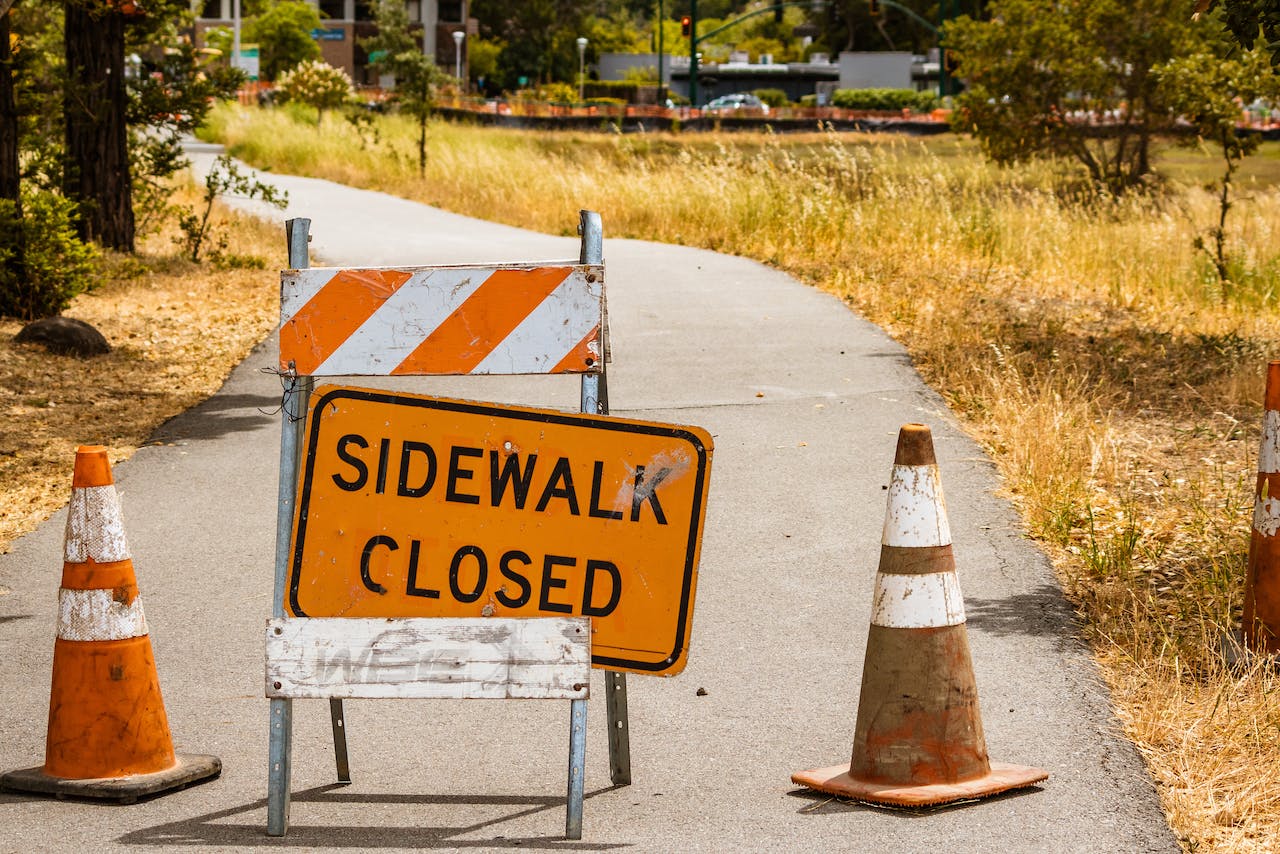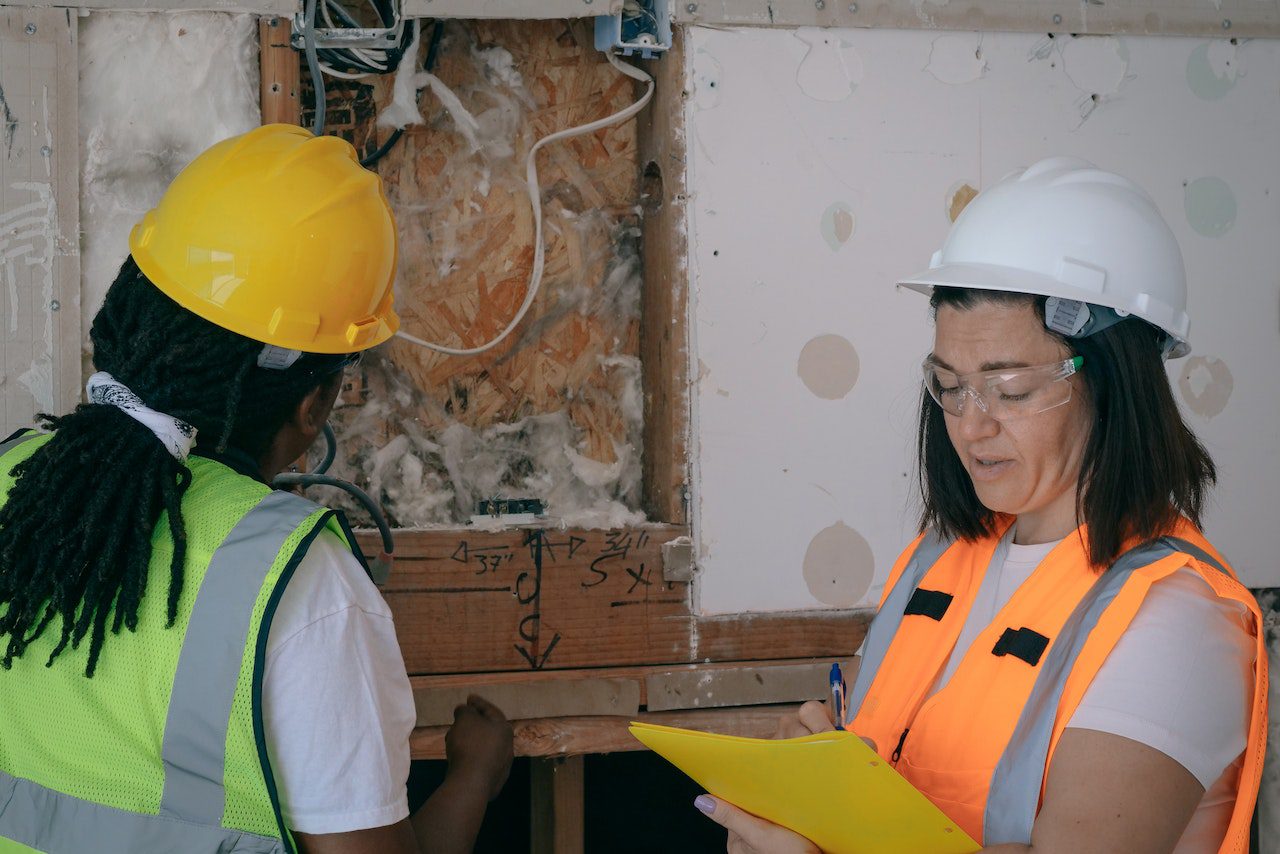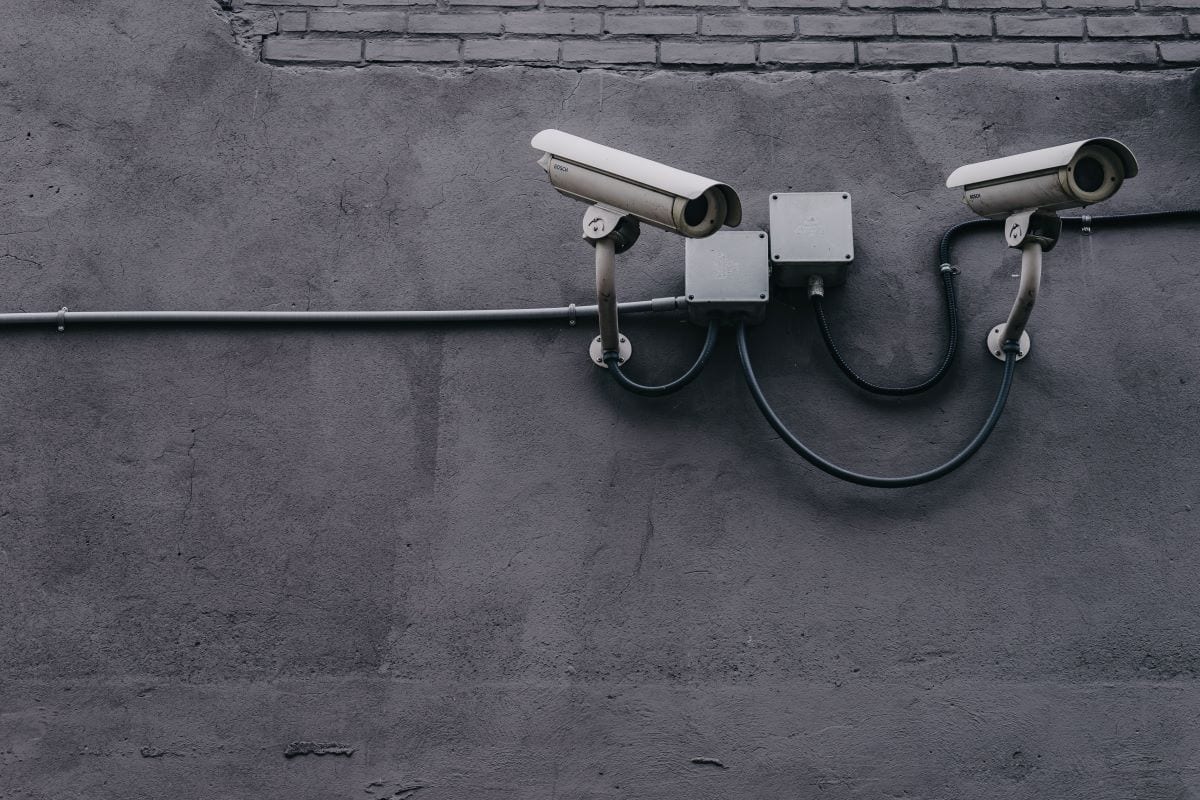Why Buying Safety Cones for Your Business Is Important
Running a business means you need to do many different things and wear many different hats, and the worry is that something will fall through the cracks; even if you think you’ve got it all in hand, there might be something you’re missing out on, and you just don’t know it.
One of those things could be the use of safety cones in your business. It’s true this isn’t going to be something that every business owner in every niche is going to need to consider, but if you do because you work in a sector that relies on cones or you just want to use them around your workplace, then keep reading – this blog will remind you just how important they are and ensure you don’t forget about them.
Prevent Accidents and Injuries
Safety cones are an ideal way to help prevent – as far as it’s possible to prevent – accidents and injuries in the workplace. By placing them in strategic positions, you can easily warn your workers about any hazards and let customers know there’s an area they need to avoid. Of course, you shouldn’t use cones like this on a permanent basis; they’re just there to warn people about a problem while you get around to fixing it. However, they’re an ideal way to ensure that everyone stays safe until that time comes.
As an employer, one of your duties is always going to be to your team, and keeping them safe in the workplace is a priority. Firstly, it’s the right and moral thing to do, but as well as that, it will save you money and potentially a lot of legal issues – if a worker is hurt, they’ll be off work (which can be expensive), they might sue or claim on your insurance, and they could take you to court, which would be bad for your reputation.
Good Communication
Business owners have to be good at communication, no matter what sector they’re in or who they might be speaking to. That means they need to be great at verbal communication, written communication, and, at times, non-verbal communication – signs and information, in other words.
Safety cones are an excellent example of how a business owner can use non-verbal communication to easily put a message across about safety (in the situations we mentioned above, for example). They’re bright with reflective surfaces, which can be seen even in low-light conditions. A business owner who knows how to use safety cones is a business owner who understands how to communicate.
Cost-Effective
Business owners have to keep an eye on costs at all times, and they’ll need to ensure anything and everything they buy for the business is within their budget. In most cases, safety cones will be within a business’s budget; they’re an inexpensive way to keep people safe, control traffic and movement, and gain the trust of your staff and anyone else who happens to come to your place of work.
When you add up all the benefits and think about how little safety cones cost in comparison, you’ll see they’re a great investment for your business.





